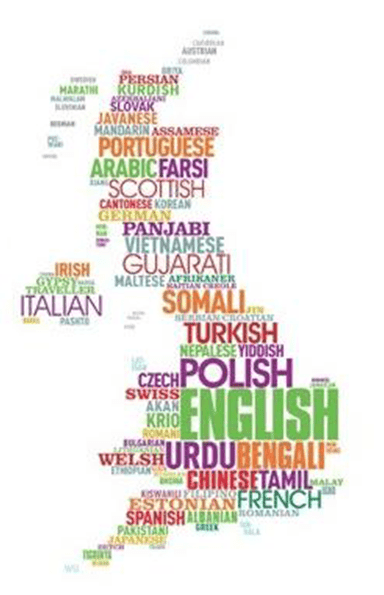‘The New Britain’ report and its key findings
Many brands are missing out on sales by failing to promote themselves through the UK’s diverse communities according to the Institute of Practitioners in Advertising (IPA) new report.
The New Britain report updates the IPA’s Multicultural Britain report published in 2012, further exploring the BME’s spending habits and opportunities into these under tapped markets.
It’s an in-depth look at the implications of the country’s changing demographics, and it says that many major advertisers are still struggling when it comes to communicating within an increasingly ethnically diverse society.
With 12.8% of the UK population (more than eight million) consisting of BME groups, the reports highlights concerns that many mainstream companies are not using an increasingly dynamic ethnic media to target BME groups despite research showing ethnic audiences would be 60 per cent more likely to buy a product or service if it were advertised in their media.
What’s more, BME groups in this country will be twice as large in 30 years’ time (2045) as they are today, according to forecasts. And they are also changing with Poles, Romanians, Lithuanians, Arabs, Chinese and Filipinos adding to a settled Afro-Caribbean and Asian population.
Manish Tiwari, MD of Here and Now 365 said: “The very fabric of Britain is continuously changing, whilst this can present challenges to brands it also presents a unique opportunity for them to innovate and adapt their strategies.
“In this dynamic industry, diversity is our bread and butter, we not only strive to continually adapt with each community but also cater to the changing generations within them.”
The report also debunks three marketing myths about ethnic minorities:
Myth No 1 – They don’t spend
British Indian men have an average higher income than the average White British.
Myth No 2 – They behave the same as whites
That’s not true either in the media they consume or in their other behaviour. Only 18 per cent of ethnic minorities in Britain solely watch mainstream TV. 16 per cent only watch ethnic programming.
Myth No 3 – They are too hard to target
It’s wrong to believe there are too many differences between ethnic groups to target them effectively. There’s a lot of business to be had with relatively cheap, well-targeted campaigns.
Other highlights include:
• Two-in-five BME people live in London as compared to one-in-10 white people.
• Ethnic minorities tend to be younger and more urban than their white counterparts and are much more likely to be early adopters.
• Asians have the highest rates of internet use, broadband penetration and PC usage in the country.
On the ethnic media scene:
• Ethnic media is becoming increasingly dynamic with a continued rise in different types of TV stations and the evolution of broadcast content.
• 56 TV channels have become available to South Asian audiences in the past four years. Virtually all are free-to-air services.
• Much ethnic media can now be packaged and bundled together for centralised media buying.
• Research data on ethnic media is too unreliable. Greater use should be made of digital to track numbers against an advertiser’s plan and objectives.
The New Britain publication is available to purchase for £25 for IPA members and £50 for non-members. To find out more simply click here.
Here and Now 365 has always prided itself for promoting multiculturalism and celebrating the ethnic diversity of the UK.

